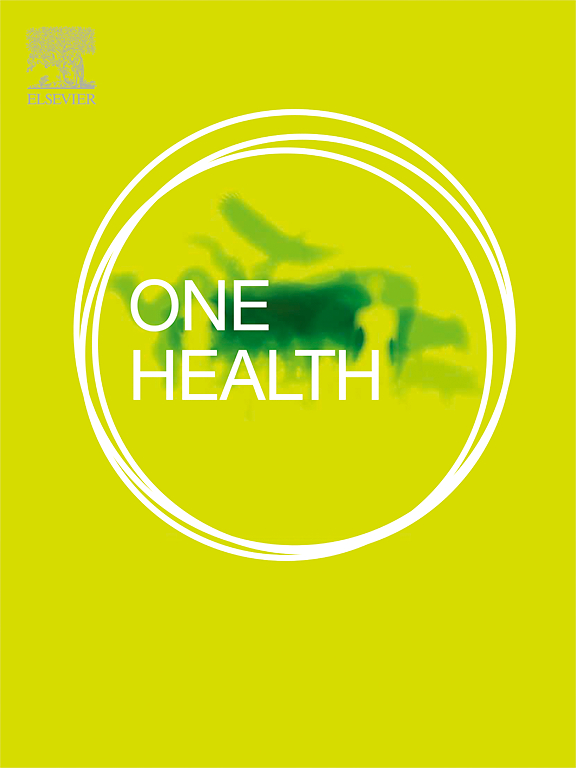Potentially pathogenic free-living amoebae at very high altitude: Detection by multiplex qPCR in the Northern Altiplano fascioliasis hyperendemic area in Bolivia
IF 4.1
2区 医学
Q1 INFECTIOUS DISEASES
引用次数: 0
Abstract
Free-living amoebae (FLA), which are frequently found in the environment, include opportunistic pathogenic genera/species such as Acanthamoeba spp., Balamuthia mandrillaris, Naegleria fowleri and Vermamoeba vermiformis. These pathogenic FLA are causative agents of amoebic encephalitis and keratitis in the case of Acanthamoeba genus and V. vermiformis. In addition, amoebic infections are often related to contamination of domestic and recreational water sources. This study aimed to identify potentially pathogenic FLA in the hyperendemic area of human fascioliasis in a very-high-altitude area (3800–4100 m a.s.l.) of Bolivia and examine whether an association between both pathogens could be established from the environmental point of view. A total of 55 samples (28 soil and 27 water samples) were collected from various locations in the Northern Altiplano of Bolivia. Samples were processed by multiplex qPCR to detect the four pathogenic FLA genera/species. All samples were positive for the presence of V. vermiformis, followed by Acanthamoeba spp. which was positive in 18 soil and 10 water samples. In contrast, B. mandrillaris was only detected in soil sources, whereas N. fowleri was not detected in any of the samples. The coexistence and diverse distribution of multiple FLA species in many locations at such a high altitude is worth mentioning and indicates a potential risk of coinfections. These findings suggest that FLA surveillance is a crucial factor to be considered when implementing preventive measures and improving public health in fascioliasis hyperendemic areas.

求助全文
约1分钟内获得全文
求助全文
来源期刊

One Health
Medicine-Infectious Diseases
CiteScore
8.10
自引率
4.00%
发文量
95
审稿时长
18 weeks
期刊介绍:
One Health - a Gold Open Access journal.
The mission of One Health is to provide a platform for rapid communication of high quality scientific knowledge on inter- and intra-species pathogen transmission, bringing together leading experts in virology, bacteriology, parasitology, mycology, vectors and vector-borne diseases, tropical health, veterinary sciences, pathology, immunology, food safety, mathematical modelling, epidemiology, public health research and emergency preparedness. As a Gold Open Access journal, a fee is payable on acceptance of the paper. Please see the Guide for Authors for more information.
Submissions to the following categories are welcome:
Virology,
Bacteriology,
Parasitology,
Mycology,
Vectors and vector-borne diseases,
Co-infections and co-morbidities,
Disease spatial surveillance,
Modelling,
Tropical Health,
Discovery,
Ecosystem Health,
Public Health.
 求助内容:
求助内容: 应助结果提醒方式:
应助结果提醒方式:


